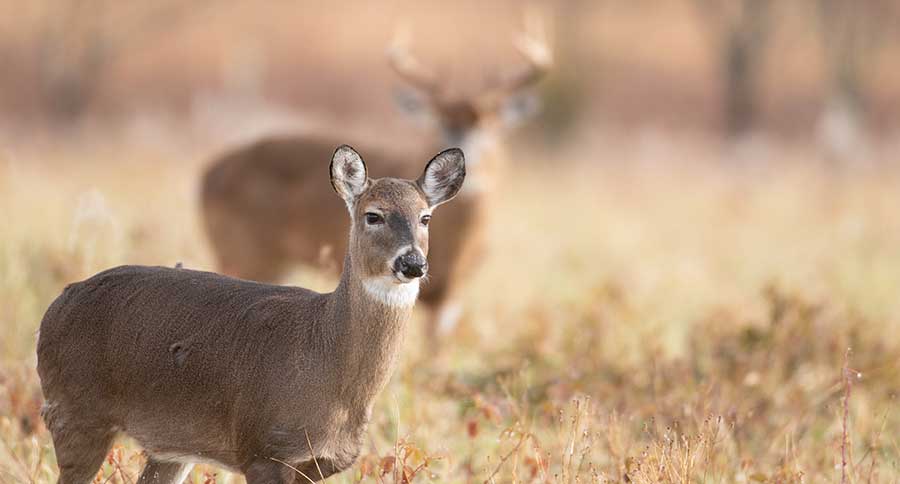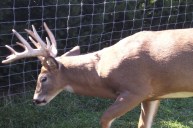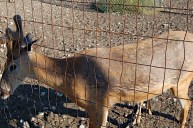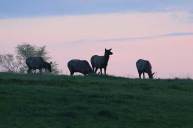The latest discovery of a CWD-positive deer in Minnesota proves the situation isn't getting any easier to deal with.
The Minnesota Department of Natural Resources shared news of a new positive case of chronic wasting disease (CWD) in a wild deer in Crow Wing County. The adult female was found Jan. 23 northeast of Merrifield.
Though CWD has been detected in Minnesota, this marks the first time a wild deer was tested positive outside of the southeast portion of the state near the borders with Iowa and Wisconsin.
The disease was found in concentrated areas of Fillmore County, with more discovered in Houston County and Winona County in the past two months.
"We take every discovery of CWD very seriously," said DNR Commissioner Sarah Strommen in the news release. "It is our hope that we discovered the Crow Wing County infection early and can respond quickly with actions to eliminate the disease in this area. With this critical new funding, we will continue to work with private landowners, hunters and others to achieve our goal of maintaining a healthy deer herd and Minnesota's treasured deer hunting experience."
The Minnesota DNR is planning disease response actions in response to the most recent findings, and Gov. Tim Walz has proposed $4.57 million in new funding over the next two years, plus $1.1 million a year thereafter, to fight against the disease and its spread. Measures include surveillance efforts and response plans, enforcement, and outreach to landowners, which can all add up to a lot of time, money, and effort.
CWD management has become a top concern for many state wildlife agencies, and though it was first discovered in the 60s, it's grown to a national scope in a matter of a few years. Discovering captive deer infected with the neurological disease is one thing, but a CWD-positive wild deer can lead to all sorts of risks.
Deer populations in places with harsh winters often congregate closely around food sources as the coldest months carry on, leading to the increased chance of transferring CWD from one individual to another. CWD is an always-fatal disease with no known cure.
Minnesota has already gone as far as to establish an additional CWD-influenced hunting season, meant to help control the deer numbers in the infected hunt areas. All harvested deer were required to be tested before hunters could take the carcasses out of the area.
To learn more about what Minnesota is doing to fight against CWD and its effects on the deer herd, go to the state DNR's dedicated webpage here.
NEXT: EASTERN WASHINGTON COULD BE DOING AWAY WITH ANTLERLESS WHITETAIL HUNTING
WATCH




